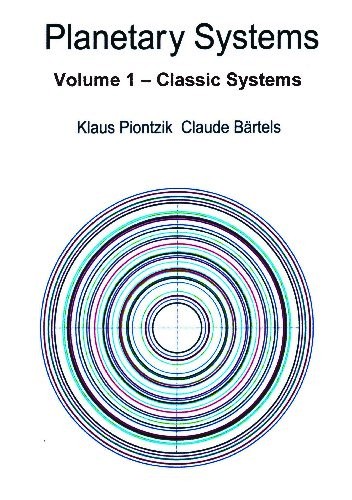| Copyright © Klaus Piontzik | ||
| German Version |
| The Experimentum Crucis for the magnetic waves then looks like this:
The basis is the ejPi measuring method
The Hall sensor is operated with an alternating voltage component. This alternating voltage can be regulated across the entire frequency spectrum. If the earth's magnetic waves exist, resonances must occur at certain frequencies (e.g. the earth's frequency determined in Chapter 3 or its harmonics). With this experiment it would be possible to determine the entire frequency spectrum of the earth's magnetic waves. 6.4.1 - Consequence: Existence of resonances <==> Existence of geomagnetic waves The physical functionality of the ejPi process is ensured by appropriate series of measurements. The technical difficulties here are the smallness of the geomagnetic quantities (< 10 mT) and the technical interference voltages, which are a factor of 1,000 to 10,000 times larger. 6.4.2 - Consequence Voltages in the earth create piezoelectric effects. During discharges (earthquakes), current or voltage peaks occur for a short time and magnetic fields are associated with them. Magmatic flows in volcanoes also represent charge transport to which magnetic fields are linked. The ejPi method is suitable passively and actively, both for earthquake detection and measurement, as well as for the detection and measurement of volcanic activity. This would make it possible to record volcanism and plate tectonics electromagnetically. |

|
200 sides, 23 of them in color 154 pictures 38 tables Production und Publishing: ISBN 978-3-7357-3854-7 Price: 25 Euro |